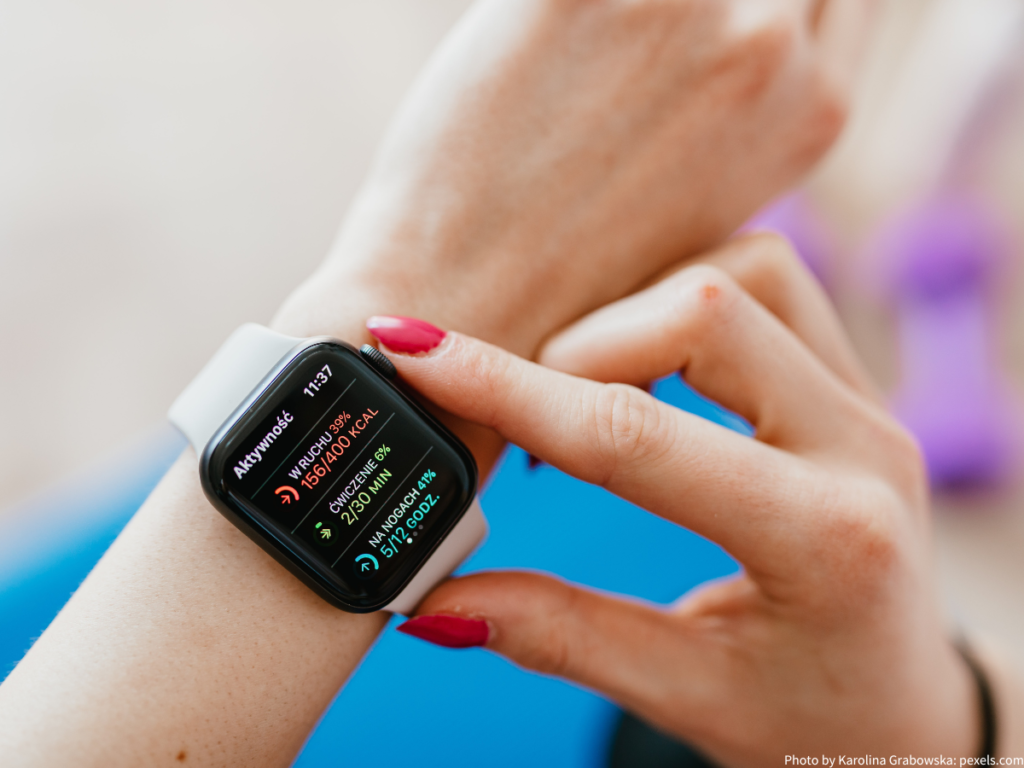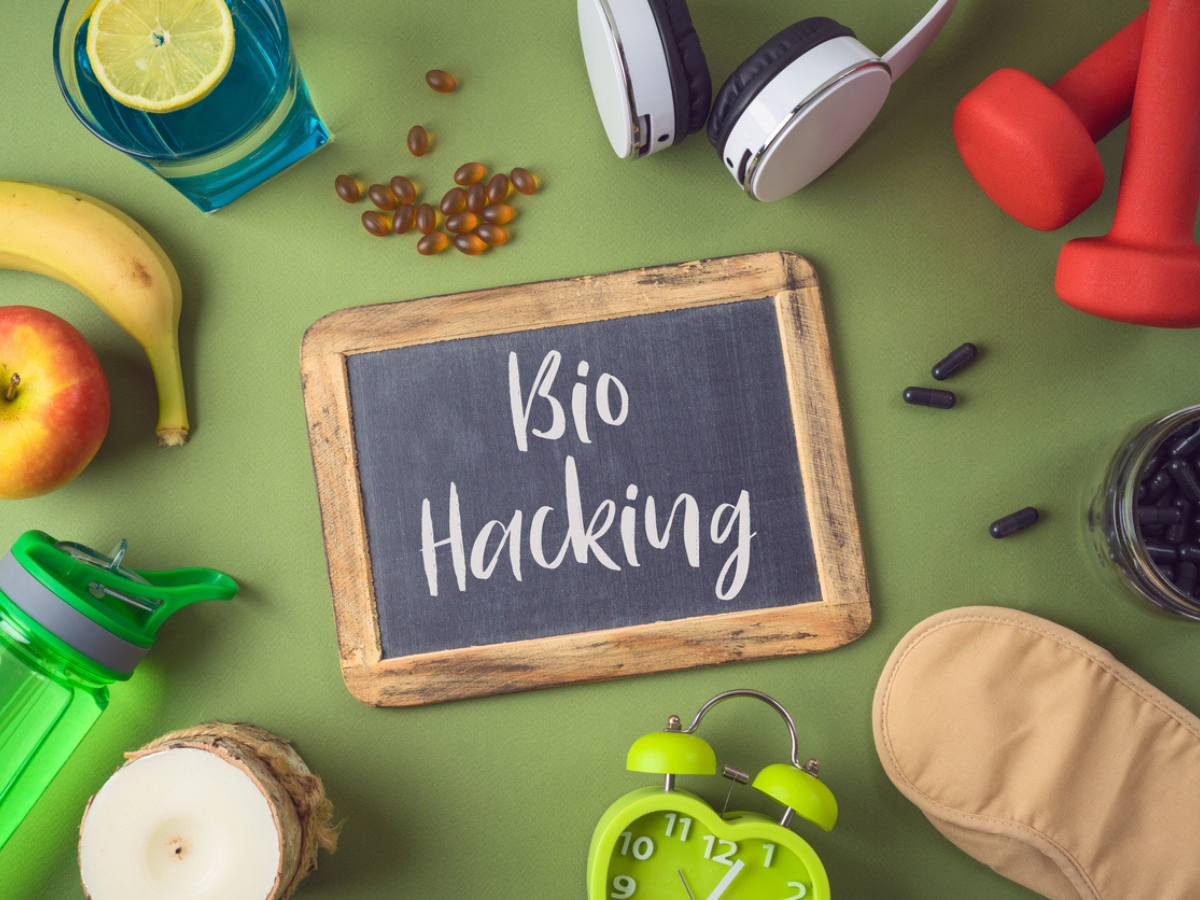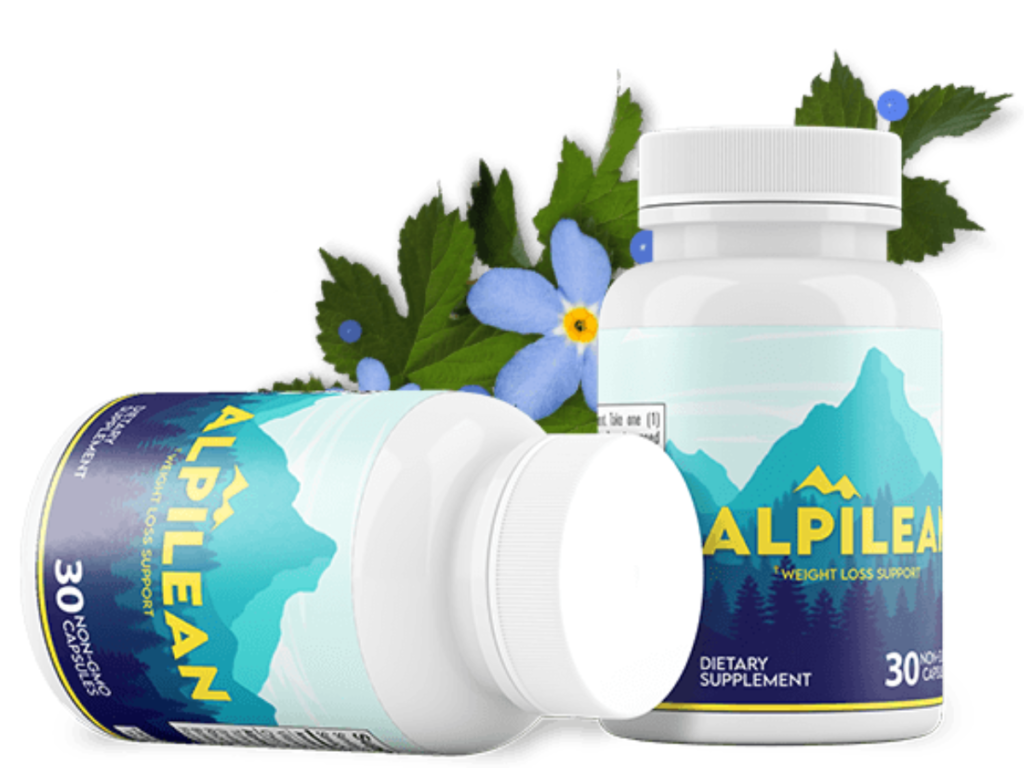Have you ever wondered if there’s a way to fine-tune your body, much like optimizing a machine for peak performance?
CK @ Fix Your Fitness
Biohacking might just be the answer you’ve been searching for. Rooted in the intersection of science and self-improvement, biohacking has its origins in the belief that we can control and enhance our bodies beyond their natural capabilities. This guide promises to unravel the mysteries of biohacking, showcasing how it can revolutionize your fitness journey. As the great Dave Asprey, a pioneer in the biohacking community, once said, “The art of biohacking is the secret to boosting your performance.“1
Guide Overview
Before diving deep, it’s crucial to have a roadmap. This guide will walk you through five transformative steps in the realm of biohacking. From understanding its foundation to practical applications, by the end of this journey, you’ll be equipped with actionable insights to elevate your fitness levels.
Table of Contents

Advertisment
Build muscle with little to NO training equipment
Understanding Biohacking: Laying the Foundation
Biohacking, in its essence, is the art and science of optimizing your performance, health, and well-being by utilizing technological, nutritional, or biological means1. It’s a self-experimentation method aiming to decipher and employ the human body’s ‘source code’. Just as a computer programmer might hack a new piece of software to improve its functionality, biohackers tweak their body’s natural processes to achieve desired outcomes.
Dr. Rhonda Patrick, a biomedical scientist and expert in nutritional health, often talks about the body as if it were a complex piece of machinery. She notes, “Our bodies are intricate systems, and the right tweaks in our lifestyle can result in significant improvements in our well-being.”2
Historical Context
Historically, the concept of improving one’s natural abilities is not new. For instance, in ancient Greece, Olympians consumed specific diets and engaged in distinct training regimes to enhance their athletic prowess3. What differentiates modern biohacking is the inclusion of technology and advanced scientific understanding.
Dave Asprey, often considered the father of modern biohacking, described his own journey into the world of biohacking in his book “The Bulletproof Diet”. He detailed how, after spending $300,000 on various experiments on his own body, he was able to lose 100 pounds, improve his IQ, and reduce his biological age4.
Key Principles of Biohacking
- Self-experimentation: Each body is unique. Biohackers often start with general knowledge but then experiment to see what works best for their individual system.
- Holistic approach: While the word ‘hack’ might sound like a quick fix, most biohacks require a combination of lifestyle changes, including diet, exercise, and sleep optimization.
- Data-driven decisions: Leveraging wearables and other modern technologies allows biohackers to make decisions based on real, personal data rather than anecdotal evidence5.
In summary, while biohacking seems futuristic, its roots are as old as human civilization. The modern spin is the utilization of science and technology to make those hacks more precise and personalized.

Nutritional Mastery: Fueling the Biohacker’s Body
The human body is analogous to a high-performance engine, where the quality of fuel directly impacts its function. In biohacking, nutrition isn’t just about consuming calories; it’s about strategic nutrient intake for optimal performance, longevity, and health1.
The Macronutrient Balance
- Proteins: Essential for muscle repair and growth, hormones, enzymes, and overall cellular function. The quality of protein sources is crucial. Biohackers often emphasize consuming grass-fed meats, wild-caught fish, and plant-based proteins like lentils and chickpeas2.
- Fats: Once demonized, fats, especially omega-3 fatty acids found in fish and flaxseed, have been recognized for their anti-inflammatory properties and brain health benefits. Dave Asprey’s Bulletproof Coffee, a blend of coffee with MCT oil and grass-fed butter, highlights the importance of good fats for cognitive function3.
- Carbohydrates: While some biohackers follow low-carb or ketogenic diets, others stress the importance of complex carbohydrates for sustained energy. Sources like quinoa, sweet potatoes, and whole grains are preferred due to their low glycemic index4.
Micronutrient Miracles
Biohackers understand the transformative power of vitamins, minerals, and phytonutrients. For instance, the benefits of turmeric and its active compound, curcumin, include anti-inflammatory properties and potential protection against brain degenerative diseases5.
Gut Health and Probiotics
The gut, often dubbed the ‘second brain’, is integral to overall health. A balanced gut microbiome, maintained through the intake of probiotics and fiber-rich foods, can improve digestion, boost the immune system, and even impact mental well-being6.
Supplements and Nootropics
Beyond natural food sources, biohackers often turn to supplements and nootropics (cognitive enhancers) to fine-tune their nutrition. While some swear by supplements like magnesium for improved sleep or lion’s mane mushroom for cognitive enhancement, it’s essential to approach this realm with research and caution7.
In conclusion, nutritional biohacking is about fine-tuning dietary intake to optimize physical and mental performance. It’s a blend of ancient dietary wisdom and cutting-edge scientific knowledge.

Optimizing Sleep: The Key to Enhanced Recovery
Sleep, often overlooked, is the bedrock upon which our health and well-being stand. For the dedicated biohacker, optimizing sleep is not just about duration, but about quality, consistency, and alignment with our natural circadian rhythms.
The Science of Sleep
Human beings typically operate on a circadian rhythm, an internal clock that regulates sleep-wake cycles, hormone production, and other physiological processes1. Disrupting this rhythm, as many modern lifestyles do, can lead to a host of health issues.
Sleep Stages and Their Importance
Sleep is not a uniform state but is divided into stages, each serving a specific purpose. Deep sleep, for instance, plays a pivotal role in physical recovery and memory consolidation, while REM (rapid eye movement) sleep is crucial for mental restoration2.
Sleep Environment Optimization
Biohackers recognize the importance of creating an ideal environment for sleep. This includes maintaining a cool room temperature, eliminating light pollution with blackout curtains, and reducing noise disturbances with sound machines or earplugs3.
Sleep Tech and Wearables
Modern technology offers tools to track and analyze sleep patterns. Wearables, like smartwatches or sleep bands, can provide insights into sleep duration, disturbances, and even sleep stage distribution4.
Sleep Supplements and Nutrition
Certain supplements, such as melatonin, magnesium, or valerian root, can promote relaxation and aid in sleep5. Moreover, dietary choices in the evening can impact sleep quality, making it essential to understand which foods support restful sleep and which might be disruptive.
In the world of biohacking, sleep is more than just a nightly routine—it’s a cornerstone of health, recovery, and peak performance.
Advertisment
Mindfulness and Mental Conditioning: The Biohacker’s Mindset
In the relentless pursuit of peak performance, biohackers understand that the body’s capabilities are only half the equation. The mind, with its vast complexities and potential, requires equal attention. By integrating mindfulness practices and mental conditioning techniques, biohackers can optimize cognitive function, manage stress, and cultivate an unyielding mindset.
The Role of Mindfulness in Biohacking
At its core, mindfulness is the practice of being fully present in the moment1. It trains the mind to focus on the current experience, free from judgment or distraction. For biohackers, this means heightened awareness, sharper concentration, and more efficient mental processing.
Techniques for Mental Conditioning
There are various techniques that biohackers employ to condition their minds:
- Meditation: This ancient practice sharpens focus, improves attention span, and helps manage stress2.
- Visualization: By mentally rehearsing scenarios or outcomes, biohackers can foster self-confidence and better prepare for challenges.
- Neurofeedback: Using EEG (electroencephalogram) technology, individuals can receive real-time feedback on their brain activity, enabling them to make adjustments for optimal performance3.
- Affirmations: Positive self-statements reinforce beliefs, shape perceptions, and drive behaviors.
Mind-Body Synergy
Biohackers recognize that the mind and body are intricately connected. Mental stress can manifest physically, just as physical stress can impact mental well-being. Hence, biohacking often entails practices like yoga or tai chi that bridge the mind-body gap4.
The Cognitive Benefits of Mindfulness
Research has consistently shown that mindfulness practices can improve cognitive functions such as memory, decision-making, and problem-solving5. Furthermore, it can enhance emotional intelligence, aiding in interpersonal interactions and self-awareness.
By integrating mindfulness and mental conditioning into their routines, biohackers not only optimize their cognitive capabilities but also foster resilience, adaptability, and a growth mindset.
Advertisment
Advanced Training Techniques: Biohacking for Peak Performance
Pushing the boundaries of physical limits is a hallmark of biohacking. Advanced training techniques, when fused with biohacking principles, can propel an individual towards unparalleled levels of fitness and performance. The integration of technology, science, and age-old training methods can optimize workouts, resulting in faster progress and reduced risks of injuries.
High-Intensity Interval Training (HIIT)
HIIT revolves around short, intense bursts of exercise followed by periods of rest or low-intensity workouts1. This approach is known to boost metabolism, improve cardiovascular health, and foster muscle growth in a shorter time frame than traditional workouts.
Periodization
Periodization is the systematic planning of athletic or physical training2. It entails breaking down the year into various phases, each with specific goals. This avoids plateaus, reduces injury risks, and ensures optimal performance at desired times.
Blood Flow Restriction Training
This technique involves restricting blood flow to muscles using specialized equipment while performing light resistance training3. It’s believed to promote muscle growth and strength without heavy weight lifting, thereby reducing the strain on joints and tendons.
Electromyostimulation (EMS)
EMS devices deliver electrical pulses to stimulate muscle contractions4. When combined with traditional strength training, it can accelerate muscle development and recovery.
Virtual Reality (VR) Training
With advancements in technology, VR platforms now offer fitness programs where users can engage in workouts in simulated environments5. This not only enhances motivation but can also provide real-time feedback on form and performance.
Cryotherapy and Heat Exposure
Post-workout recovery is vital for peak performance. Cryotherapy involves exposing the body to extremely cold temperatures for a short duration to accelerate muscle recovery and reduce inflammation6. On the other hand, saunas or heat exposure can improve cardiovascular functioning and increase heat shock proteins, beneficial for muscle growth7.
The blend of these advanced techniques with biohacking principles ensures that individuals are not just working harder, but smarter. The objective is clear: achieving the pinnacle of human performance while ensuring longevity and health.
Advertisment
Getting Started with Biohacking Your Fitness: Immediate Steps
Embarking on a biohacking journey doesn’t require drastic measures or advanced technology. Here are some simple, actionable steps anyone can take immediately to start biohacking their fitness:
- Research and Education: Before diving in, invest some time in understanding the principles and science of biohacking. This foundation will guide subsequent actions.
- Read books or articles on the subject.
- Join biohacking forums or online communities.
- Watch seminars or webinars by experts in the field.
- Assess Your Current State: Know where you stand.
- Track your baseline metrics (e.g., weight, body fat percentage, sleep patterns).
- Use wearables or apps to monitor daily activities and health markers.
- Optimize Your Sleep:
- Ensure 7-9 hours of quality sleep each night.
- Keep your sleep environment dark, quiet, and cool.
- Consider using sleep tracking devices or apps to analyze sleep cycles.
- Dietary Tweaks:
- Incorporate a balanced diet rich in whole foods, lean proteins, and healthy fats.
- Limit processed foods and sugars.
- Stay hydrated by drinking plenty of water throughout the day.
- Mindful Practices:
- Incorporate meditation or deep breathing exercises into your daily routine.
- Practice gratitude or keep a journal to maintain a positive mindset.
- Physical Activity:
- Engage in a mix of cardiovascular and strength training exercises.
- Try out HIIT workouts for efficient calorie burn and muscle development.
- Incorporate stretching or yoga to enhance flexibility and reduce injury risk.
- Stay Updated with Technology:
- Explore wearable tech, such as fitness trackers or smartwatches, to monitor progress.
- Utilize apps that offer personalized workout and nutrition advice.
- Continuous Feedback Loop:
- Regularly assess your progress and make adjustments as needed.
- Seek feedback from experts or peers in the biohacking community.
- Commit to Lifelong Learning:
- Stay updated with the latest research and advancements in biohacking.
- Attend workshops or conferences, if possible.
- Consult Professionals:
- Before making significant changes, especially in diet or exercise, consult with health or fitness professionals.
- Seek advice from biohacking experts or attend workshops for hands-on learning.
By taking these immediate steps, anyone can initiate their biohacking journey, making continuous improvements in their fitness and overall well-being. Remember, biohacking is a continuous process of experimentation and learning; what works for one person might not work for another. Hence, personalization and adaptability are key.
My Personal Biohacking Journey: A Decade of Self-Discovery
It’s often said that true wisdom comes from personal experience, and my journey into the world of biohacking is a testament to this. For over a decade, I have meticulously logged, analyzed, and experimented with various facets of my life, collecting a treasure trove of personal data. This journey was driven by a passion to truly understand and optimize my own body and mind.
One of the most profound realizations I had during this period was the direct correlation between alcohol consumption and my sleep quality. It became evident that on days I indulged in alcohol, even in moderation, my sleep was severely disrupted. This wasn’t mere conjecture—it was an observation backed by consistent data points. Consequently, I have put a lot of effort into establishing an excellent sleep routine. This doesn’t just stop at avoiding alcohol; I am constantly monitoring factors that influence my sleep. This includes the effect of various supplements and even the specific times of day I take them.
Dietary choices have also played a pivotal role in my biohacking experiments. After trials with various diets, I found that a combination of a ketogenic diet complemented by intermittent fasting yielded the best results for my body type and goals. This revelation was further enriched when I decided to challenge myself with extended fasts. Once every quarter, I embark on a three-day fasting journey. The mental clarity and the sense of rejuvenation it brings is nothing short of astounding.
Embracing technology has been a cornerstone of my biohacking endeavors. I am constantly on the lookout for the latest advancements that can provide deeper insights into my health and wellness. Currently, I am in the midst of reviewing an array of smartwatches, delving into how they monitor sleep patterns and their accuracy. Additionally, I’ve been exploring innovative weight scales designed to provide insights into heart health.
Throughout this journey, what has remained constant is my unwavering curiosity and willingness to experiment. Every individual’s body is unique, and while general guidelines are beneficial, it’s the personalized tweaks and adjustments that make all the difference. For anyone reading this and embarking on their own biohacking journey, I encourage you to be patient, stay curious, and most importantly, enjoy the journey of self-discovery. After all, the most exciting experiments are the ones we conduct on ourselves.
Advertisment
FAQ
- What exactly is biohacking, and how can it improve my fitness?
- Biohacking is the practice of optimizing your physical and mental well-being using a combination of scientific knowledge, technological advancements, and personal experimentation. It empowers individuals to understand their bodies at a deeper level and make data-driven decisions to enhance their health and performance. Earlier in the article, Understanding Biohacking: Laying the Foundation, provides an in-depth introduction to this topic.
- How does alcohol affect sleep quality?
- As discussed in my personal biohacking journey, alcohol can severely disrupt sleep patterns. Alcohol reduces rapid eye movement (REM) sleep, leading to an imbalanced sleep cycle. This can result in fatigue, reduced cognitive function, and mood disturbances. Read more about the intricacies of this in our section on Optimizing Sleep: The Key to Enhanced Recovery.
- Are there any supplements known to improve longevity and overall health?
- Yes, several supplements have been associated with longevity and improved health outcomes. We’re working on a comprehensive article on longevity supplements and their impact on health and fitness, which will cover various supplements, their benefits, and potential side effects. Stay tuned!
- How does the ketogenic diet combined with intermittent fasting enhance fitness?
- The ketogenic diet promotes the use of fat as the primary energy source, while intermittent fasting can boost metabolism, promote cellular repair, and increase human growth hormone production. The combination creates a synergistic effect, enhancing fat loss, muscle growth, and mental clarity. Dive deeper into the topic in our section on Mindfulness and Mental Conditioning: The Biohacker’s Mindset.
- How important is hygiene in gyms?
- Hygiene in gyms is of paramount importance. As places where multiple individuals come in close contact with shared equipment, gyms can be breeding grounds for bacteria and viruses. Proper hygiene practices, like wiping down equipment after use, frequent hand washing, and avoiding the gym when ill, are essential for preventing the spread of diseases. Moreover, maintaining a clean environment is beneficial for overall mental well-being, allowing individuals to train in a space that feels fresh and invigorating.
- What technologies are currently trending in the biohacking community?
- Smartwatches and advanced weight scales for heart health are just the tip of the iceberg. There’s an ongoing surge in wearables and health-tracking apps designed to provide deep insights into various health metrics. More on this can be found in our upcoming reviews and articles on the latest biohacking technologies.
Remember, biohacking is a personalized journey. It’s essential to stay informed, experiment responsibly, and most importantly, listen to your body.
Advertisment
Suffering from Nerve Pain? Do This Immediately [Watch Video]













Pingback: Ice Bath Recovery: 3 Science-Backed Reasons to Dive In Now - Fix Your Fitness